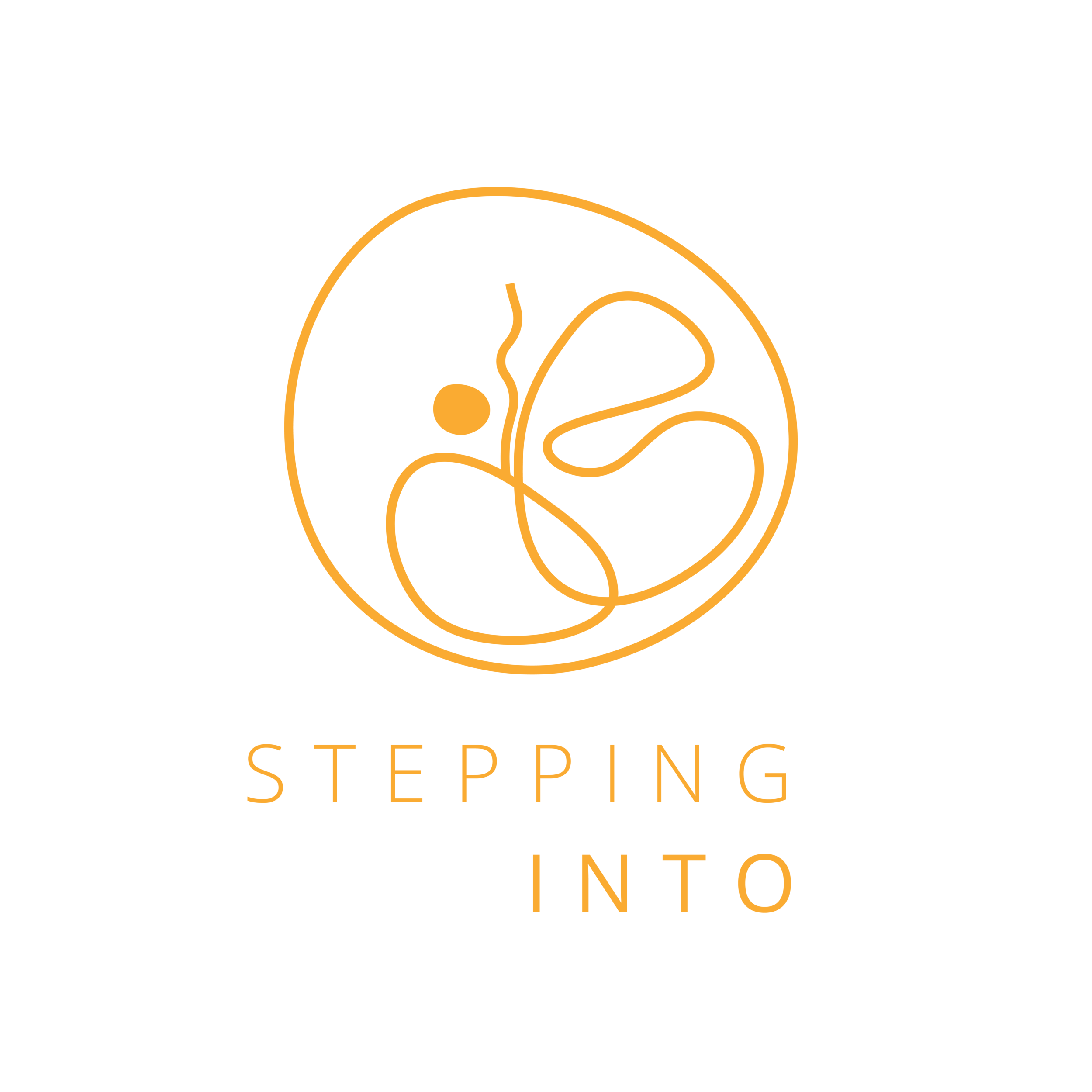The potential of physical play between adults and their children is an ongoing exploration, offering limitless opportunities for experimentation.
HOW THE IDEA WAS BORN?
The inception of ContaKids traces back to a serendipitous moment captured by Aaron Brando during the Ibiza Contact Festival in 2011. The video (below) featured ContaKids founder, Itay Yatuv, interacting with his daughter, Sophie. As Sophie, dressed in her pajamas and clutching her pacifier, stumbled into the tent where her father was engaged in a movement jam session, she became engrossed in the playful interaction with him.
This heartwarming footage sparked curiosity about how parents could increase physical contact with their children and inspired many to dive into the joyful realm of play and free dance with their little ones.
Over the following three years, Itay dedicated himself to developing the ContaKids methodology, tailored for children aged two to four and their parents. Drawing from the foundations of Contact Improvisation, Itay designed sessions aimed at fostering dance and physical play between parent and child. Through numerous after-school programs, he encouraged parent-child pairs to roll, jump, and move around and on each other, while also teaching them vital skills such as breathing, listening, making choices, and compromising together.
The response from participating parents and children has been overwhelmingly positive, exceeding Itay's initial expectations. The journey has been not only rewarding but also a profound learning experience for Itay, inspiring him far beyond what he initially envisioned.
observations on Play
The best form of learning is through experience, and failure is a crucial aspect of this process. It's important to let the child encounter various situations, while minimizing direct intervention. Allowing the child to experience falls can have a significant impact on their development. However, it's essential to understand when intervention is necessary to prevent serious harm, while the rest falls within the realm of valuable experimentation.
Often, adults tend to cuddle or hold the child, which can make them passive and feel heavy. Encouraging the child to take an active role in physical interactions, such as being responsible for staying off the ground, helps them become more engaged and aware of their bodily capabilities.
When adults refrain from using their hands to keep the child in place, it prompts the child to develop motor skills and spatial awareness by finding their own balance and positions. This also heightens the adult's sensitivity to the child's movements and positions, fostering a deeper connection.
Adults sometimes tend to overly direct the child's actions, missing opportunities for independent exploration. It's important to allow the child the freedom to discover and engage with their environment according to their interests, rather than solely focusing on predetermined goals.
Dancing together places both adult and child on an equal footing, allowing each to choose their movements freely without imposition. This fosters the child's independence while still receiving support from the parent, promoting open physical expression and movement.
Here you can find a casual interview featuring myself and my colleague, Jenny Döll. Special thanks to Kindaling. Scroll down for more.
Itay Yatuv is the founder of Contakids. Artistic director of the Hakvutza Dance School in Jaffa, Tel Aviv, Itay has been practicing and internationally teaching Contact Improvisation for over 10 years to professional and amateur dancers. He trained as a contemporary dancer in New York, Italy and Israel. Choreographing independently, Itay has lead many international projects of improvisational performances.

